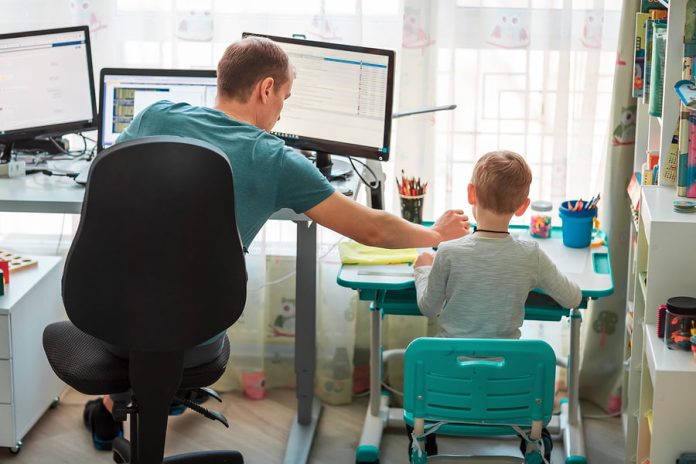AS well as challenging electronic security businesses, the COVID-19 pandemic is beginning to drive electronic security innovation, while at the same time highlighting pieces of technology that will be vital to maintaining wider business momentum in the immediate future.
It should come as no surprise these technologies include things like online purchasing, video conferencing, remote learning, and remote management. This technology applies to the industry’s own electronic security business models, as well as the business models of its clients. Consider that if workers have anything to do with the decision, remote management is likely to be driven by them, as well as by managers who can see the cost benefits.
For instance, a just-completed study by University of Otago in NZ found that 73 per cent of people were equally or more productive working from home and 89 per cent wanted to continue to work from home in some capacity when COVID-19 was over.
Thoughtful readers won’t be surprised to hear that the core technologies supporting business operations moving forward are those at the heart of the 4th industrial revolution – cloud computing, IoT, blockchain and big data. These technologies are vital for management of supply chains in a more fractured world, as well increasing resilience and perhaps most importantly, reducing capital expenditures and increasing efficiencies.
Other tech that is stepping up in uncertain times includes 3D printing, thanks to its ability to produce different products from a single production module, as well as the reduced speed of design and manufacture flowing through into procurement that it delivers. In some cases, this will eliminate global shipping altogether. Whether it can be applied to security gear is questionable. What is beyond question is the attraction of local manufacturers in key areas like alarms, access control, automation and software.
Robotics and drones are also showing value, but they are less likely to have an impact than automation – not just automation in electronic security hardware but software automations of all shapes and sizes. Automation is something security tech lives and breathes but the current flow of automation is next level, pushing into areas like production, operations, management of processes, the search for efficiencies, the search for trends at multiple levels of an operation and the monitoring of more or less everything.
What we are talking about in part is robotic process automation that incorporates bots and digital assistants which can undertake tasks in the background and escalate issues to the surface when required. If you think about the complexity of delivering situational awareness, the idea of myriad bots keeping an eye on everything from IVA to cyber security is particularly appealing when you’re looking to automate work that’s tedious and vital at the same time. A technology like RPA winds up the importance of cyber security – you need multi-layer, multi-factor authentication and plenty more.
Something else we’re likely to see more of is low touch or zero touch technologies in access control applications – these are existing technologies such as automatic door openers, face recognition access control solutions, mid and long-range card readers, etc – that are already perfectly formed for the task of keeping people safer when occupying spaces in more or less the same way they always have done. Feeding into securing shared spaces might be the application of UV-C light in the 260-285nm range as a disinfectant in HVAC systems.
Management systems are also going to be pushed forward by COVID. Operators and managers who need or want to work remotely yet require greater capabilities from more intuitive interfaces are going to demand evolutions from developers that are easier, more powerful, and less expensive. Whether these management solutions are browser or app-based is less important than their inherent simplicity, capability and security. Something else that’s likely to be pushed forward will be edge devices – sensors and cameras that increase the resolution of a management system’s resolution.
Underlying all this is network infrastructure and I think it’s a mistake to think of this as a singularity, an existing and evolving data carrying capacity that’s not limited to a single pathway. There’s a lot of excitement building around 5G as Telstra presses the accelerator on its roll-out – Australia’s biggest Telco is now reaching 8 million users with 5G services that peak at near 500Mbps up and 75 down, with more capability waiting in the mmWave auction in 2021.
There are more nebulous expressions of technology adrift in all this – they apply to all parts of a business, not only electronic security solutions. A particularly important one is ‘digital readiness’, which is an operation’s overall ability to continue regardless what happens – flood, fire or pandemic. That means having an eye on power supplies, monitoring solutions, procedures, network redundancy and much more. A strength of security tech is that it thinks this way all the time, but we must continue to cultivate an ever more lateral view and an increased openness to future tech all the same.
#sen.news











